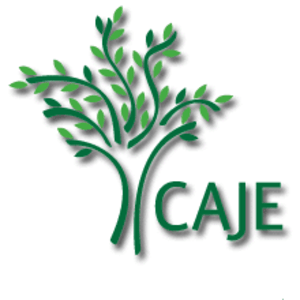First CAJE Conference
On August 29, 1976, the first Conference on Alternatives in Jewish Education began at Brown University in Providence, Rhode Island. Organized by Cherie Koller-Fox and Jerry Benjamin, at the time both students at the Harvard School of Education, the conference brought together educators seeking new approaches to Jewish education and new ways of organizing the profession.
Koller-Fox and Benjamin organized the Conference at a time of great shifts in the field. An older generation of Jewish educators was beginning to give way to a younger generation raised after the Holocaust. The younger generation also differed from previous generations in that women, who had long been active educators within their local communities, became increasingly numerous and prominent as educational leaders at the national level. Some of this shift reflected women's growing access to rigorous, high-level Jewish study.
The influx of new teachers, many of them strongly influenced by the 1960s Counterculture, led to demands for a less top-down organization within the profession and for new approaches in the classroom. In Koller-Fox's words, the conference sought to "communicate that there was a wide range of choices available in Jewish pedagogy." The 1976 conference was so successful that the following year, in Rochester, NY, a permanent organization called the Coalition for Alternatives in Jewish Education (CAJE) was formed.
In addition to bringing together Jewish educators of all ages for learning, networking, and reflecting on their work, annual CAJE conferences have served as launching grounds for the careers of several prominent Jewish women. Both the late singer/songwriter Debbie Friedman and storyteller Peninnah Schram were first introduced to broad audiences at CAJE.
In 1987, CAJE changed its name to the Coalition for the Advancement of Jewish Education, reflecting the fact that what had once been "alternative" ideas had entered the mainstream of Jewish pedagogy. The annual conference attracts approximately 1500 participants, of whom 75% are women. The Coalition claims 4000 members, who come from all Jewish denominations and many kinds of educational settings. The annual conference was not held in 2009 due to the dramatic economic downturn of the time. One month later, CAJE announced that, due to past debts and the economic crisis, it would close its doors at the end of February 2009. In its final months, CAJE worked with the Jewish Education Service of North America (JESNA) to ensure that the needs of Jewish educators will continue to be met and that the legacy of CAJE would be preserved. In late 2009, a group of Jewish educators founded New CAJE to build on the legacy of CAJE and held their first conference in August of 2010.
See also: newcaje.org.
Sources:Jewish Women in America: An Historical Encyclopedia, pp. 199-200; www.caje.org.




For this first conference, I was featured as 'Artist in Residence' and the featured storyteller. It was the conference that I introduced feminist storytelling to a large audience. Thanks for remembering. Rabbi Lynn
Gottlieb
See the website for the history of how CAJE was the ancestor to NEWCAJE http://www.newcaje.org